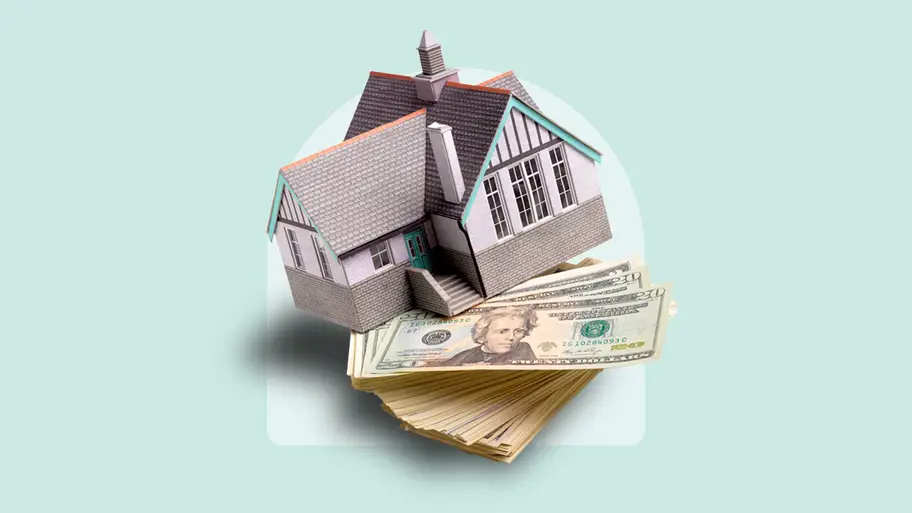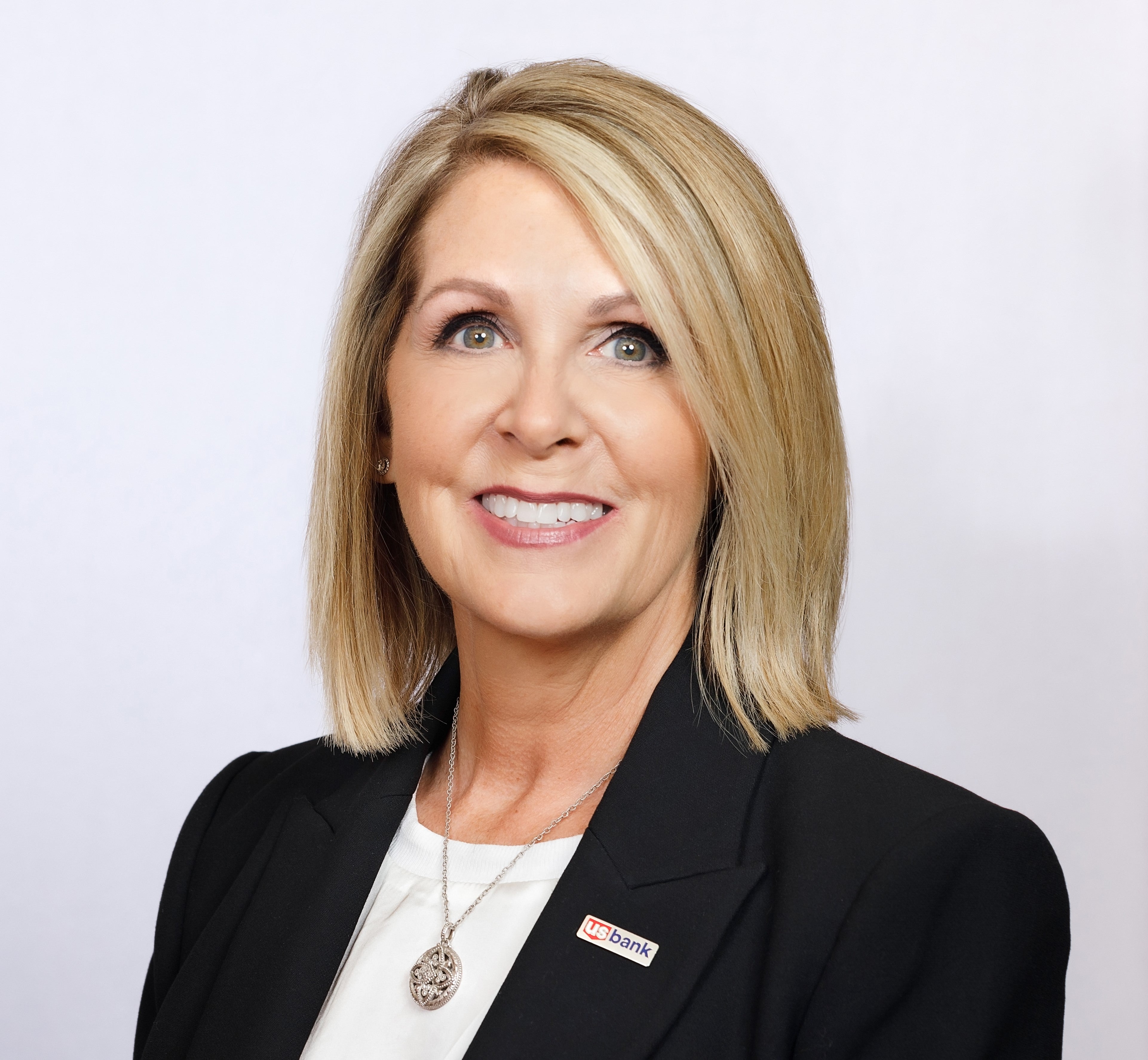Current home equity line of credit (HELOC) rates for December 2025
What are the current HELOC interest rates?
| LOAN TYPE | AVERAGE RATE | AVERAGE RATE RANGE |
|---|---|---|
| HELOC | 7.63% | 4.74% - 11.50% |
Average home equity line of credit (HELOC) rates
National HELOC interest rate trends
HELOC rates at two-year lows
HELOC rates became more affordable in 2025, reaching their lowest level in about two years, according to Bankrate’s national survey of lenders.
Home equity lines of credit (HELOCs) have variable interest rates that fluctuate based on the prime rate, which, in turn, is tied to changes in the Fed's monetary policy. When the Fed eases interest rates, borrowing costs for HELOCs often follow suit. The central bank lowered interest rates three times in 2025, with quarter-point cuts in September, October and December.
As HELOC rates drop, Bankrate senior analyst Ted Rossman stresses that lines of credit can become an attractive source of financing when used wisely.
“I'm not saying you need to do something frivolous, like go out and buy a boat or take a big trip, but it becomes a source of funds for helping a kid pay for college,” says Rossman. He says home improvements are another worthwhile source of funds. “I'm actually surprised we haven't seen even more of that in the past few years. We know a lot of people are stuck in place with the golden handcuffs of the 3% or 4% mortgages, so they don't want to move.”
Is now the right time to get a HELOC?
Best home equity line of credit (HELOC) rates in December 2025
| LOAN TYPE | CREDIT LINE AMOUNT | TERM PERIOD | CURRENT APR |
|---|---|---|---|
| $25,000–$400,000 | Up to 30 years | 6.20% | |
| $10,000–$300,000 | 10-year draw, 30-year total repay period | 6.49% | |
| Starting at $25,000 | 10-year draw, 20-year repay | 6.84% | |
| Up to $1 million | 10-year draw, 20-year repay | 7.00% (5.99%- 12-month intro rate) | |
| Starting at $5,000 | 10-year draw/ 20-year repay for variable-rate HELOC; 5–20-year repay for fixed-rate HELOC | 7.13% (fixed) / 7.59% (variable) | |
| $10,000–$500,000 | 15-year draw, 15-year repay | 7.94% standard HELOC / 8.44% interest-only HELOC | |
| $15,000–$1 million | 30 years | 7.75% (5.74% - 6-month intro rate) | |
| $25,000-$150,000 | 10-year draw, 20-year repay | 8.40% (5.74% - 6-month intro rate) |
Note: The above APRs are current as of December 4, 2025. The exact APR you might qualify for depends on your credit score and other factors, such as whether you're an existing customer or enroll in auto-payments.
Factors that determine your HELOC rate
Both your personal financial profile and economic/financing trends play a role in the HELOC rate you will ultimately receive. Factors include:
- Federal Reserve policy: HELOC rates are usually based on the prime rate, which in turn reflects the Federal Reserve’s monetary policy moves. When the Fed raises or lowers interest rates, the prime rate follows, and your HELOC rate reflects the change.
- Credit score: The higher your score, the better your rate. If your credit history shows on-time payments and low debt, lenders may offer you a lower interest rate.
- Loan-to-value ratio: This is the amount you wish to borrow on your home versus your home’s worth, expressed as a percentage. The lower your LTV, the less risky the lender perceives you.
- Loan type, amount & property: Bigger loans or longer repayment periods can come with higher rates, simply because they present more risk for the lender over time. Pulling equity from a second home or investment property is also considered riskier than borrowing against your primary residence, so expect to pay more if you’re doing so.
- The lender you choose: Lender rates and terms can vary greatly. Many offer discounts to borrowers who already bank with them. Some lenders offer teaser rates on HELOCs–an especially low interest rate for a set time period.
How to get the best HELOC rate
If you’re interested in a HELOC, it pays to do your homework and to shop around. Rates and terms can vary more than you’d think, and a little prep can go a long way.
- Check if you qualify: Before you start looking, make sure you meet lenders’ basic requirements for HELOCs. That usually means a good credit score, a solid and steady income, and sufficient home equity (at least a 15-to-20 percent stake).
- Polish your finances: Boost your credit score by paying down credit cards, and paying off other big debts, like auto loans, if you’re close to the end of them anyway. Making extra mortgage payments allocated to your principal can also help build equity.
- Compare at least three lenders: And don’t just look at the HELOC interest rate. Scrutinize all the closing costs and fees, whether upfront or ongoing. Then you’ll have a sense of your annual percentage rate (APR), the true cost of your loan.
- Read the fine print: Not all HELOCs are created equal. Watch for hidden fees, prepayment penalties, and confusing terms. Be sure to check what the floor and ceiling are on the interest rate (the lowest and highest it can go). Note under what circumstances, if any, the lender can freeze or lower your credit line.
Pros and cons of HELOCs
HELOCs combine relatively low interest rates with the flexibility to borrow what you need when you need it. If you need money over an unpredictable period of time, a line of credit is ideal. However, there are always risks when you take out a loan, especially one that's secured by your home. Here are some of the pros and cons of a HELOC.
PROS
-
Lets you tap home equity without disturbing the primary mortgage (nice if you’ve locked in a low rate).
Typically lower upfront costs than home equity loans.
Lower interest rates than with credit cards.
Usually low or no closing costs.
Interest charged only on the amount of money you use.
CONS
-
Lenders may require minimum draws.
-
Interest rates can adjust upward or downward.
-
Lenders may charge a variety of fees, including annual fees, application fees, cancellation fees or early closure fees.
-
Late or missed payments can damage your credit and put your home at risk.
Alternatives to a HELOC
A HELOC is not the right choice for every borrower. Depending on what you need the money for, one of these alternative options may be a better fit:
- Home equity loan: Functions like a second mortgage. You get a lump sum upfront and repay it at a fixed interest rate over time. Best if you prefer predictable payments.
- Cash-out refinance: Replaces your existing mortgage with a bigger one, giving you the difference in a cash payout.
- Reverse mortgage: Designed for older homeowners, this lets you tap your home equity, either in installments or a lump sum, without monthly repayments. You repay the loan only when you move out, sell the home, or pass away.
- Personal loan: Like a home equity loan, has a fixed interest rate and disburses money in a lump sum. Tends to have shorter terms and higher interest rates than home equity financing.
Next steps to getting a HELOC
Before you start applying for a HELOC, here are some home equity resources to prepare you for the process:

What is home equity?
Discover what home equity means and how you can tap it to pay for home renovations or pay off debts, and how to get the best rates.

How to calculate your home equity
Follow these steps to calculate how much equity you have in your home and how to tap into it via a home equity loan or line of credit (HELOC).

HELOC and home equity loan requirements
Everything you need to know about HELOC and home equity loan requirements: credit scores, DTI ratios and more.

How to shop for a HELOC: 10 ways to get the best HELOC rate
Tips that'll help you save money in the long-term by scoring the best possible rate on your home equity line of credit (HELOC).
FAQs about home equity lines of credit
Meet our Bankrate experts
Written by: Linda Bell, Senior Writer, Home Lending
For more than two decades, I have covered the housing market, including in depth coverage of the 2008 housing market collapse. To increase my knowledge of home equity and HELOCs, I earned a Certified HELOC Specialist designation from the National Association of Mortgage Underwriters (NAMU). Throughout my career, I have won more than two dozen awards, most notably from the National Association of Real Estate Editors (NAREE) and the New York Association of Black Journalists (NYABJ) for an investigative series I produced on minorities and the housing industry.
Edited by: Alice Holbrook, Editor, Home Lending
Alice has covered personal finance topics, from the perspective of a writer and an editor, for more than 11 years, and she has spent the past three years focusing on the homebuying, homeownership and mortgage rate trends. She loves translating industry data and statistics into insights homebuyers can use. She’s had work appear in outlets including Newsweek, The Washington Post, The Associated Press, USA Today and MarketWatch.
Reviewed by: Mark Hamrick, Senior Economic Analyst
I am an award-winning business and financial journalist, with decades of experience in the news business. I can often be found on television, radio and in print, where I make complex financial topics easy to understand. I have also helmed two major journalism organizations and am a champion for financial literacy and press freedom around the globe.





